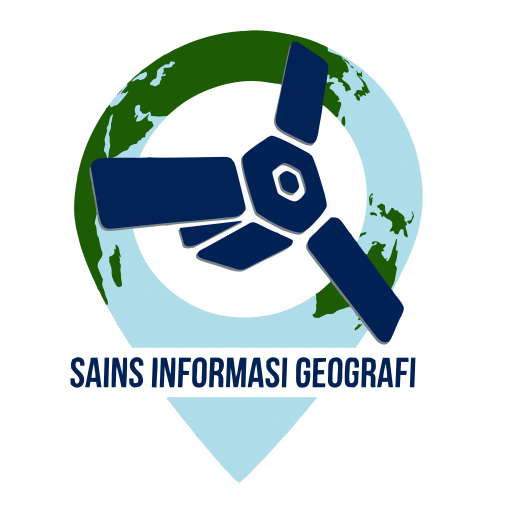On 22 October 1962, The United States sent its warships to the Atlantic Ocean. Their mission was to intercept and inspect any Soviet cargo ships en route to Cuba. Though Officially the US described their action as a “strict quarantine of all offensive military equipment”, it was essentially a naval blockade, an act of military aggression that once brought the world to the brink of nuclear war. The origins of this crisis can be traced back to seemingly simple aerial photographs taken a week earlier, which, upon remote sensing analysis, revealed a series of Soviet construction of nuclear-tipped ballistic missile launch sites in Cuba.
Espionage and intelligence were central during the Cold War, particularly the related military buildup of nuclear arsenals. The US and its allies, however, initially struggled to keep track of the Soviet Union and its allies’ activities due to the latter’s notorious secrecy, which was later known as the “Iron Curtain”. To overcome this challenge, the US started to use remote sensing in the form of aerial photography & photogrammetry to gather intelligence. Aerial photo analysis was once seen as an experimental method of intelligence gathering in the late 1800s, but it only began to have widespread use in military intelligence during WWII.
What was different this time was the introduction of the Lockheed U-2, which was a high-altitude reconnaissance aircraft that could fly at a staggering 21 km above sea level (double the altitude of typical manned aircraft at the time). It was thought that an aircraft that could fly at those heights would be beyond the reach of the Soviet Union’s known interceptor aircraft, SAM (Surface-to-Air Missile), and radar (Miller & Herbert, 1956). Not only that, U-2 is also equipped with a Hycon 73 “B” camera, which can produce a series of large-format aerial photographs with a spatial resolution of 75 cm from an altitude of 18km (Schell, 2021). This enables the US to conduct routine aerial reconnaissance in relative safety and astonishing detail for that time.

Figure 1. An Early U-2 at The Testing and Training Center, Groom Lake, Nevada.
(National Security Archive, CIA)
The relevance of this to Cuba became apparent after the Bay of Pigs invasion in 1961, which was a failed attempt to topple Fidel Castro’s government by US-backed anti-Castro Cuban exiles. This event further strained US-Cuban relations, while strengthening the bond between the Soviet Union and Cuba. Especially after the Soviet-Cuban Friendship, Cooperation, and Mutual Defence Treaty was signed, the US feared that Cuba could be used as a Soviet Union’s base for its nuclear ballistic missiles. Those will bring the US mainland within striking distance.
In response, the CIA began flying U-2 missions over Cuba, with National Photographic Interpretation Center (NPIC) analysts meticulously examining the resulting photographs for evidence of Soviet military activity. On 15 October 1962, NPIC made a startling discovery that beyond doubt the Soviets were indeed constructing missile launch sites in Cuba. They identified a series of military camps, aircraft crates, missile erectors, transport trailers, and other supporting structures that matched known Soviet patterns.

Figure 2. CIA Briefing Board for JFK Showing Range of Soviet MRBMs (Left); CIA Chart of Reconnaissance Objectives in Cuba (Right).
(National Security Archive, CIA)
Photogrammetry analysis confirmed the presence of S-75 Dvina (NATO codename SA-2 “Guideline”) SAM sites. This SAM site is characterized by the “David Star” pattern, known by US intelligence from the Vietnam War. It also identified Soviet cargo ships transporting Ilyushin IL-28 (NATO codename “Beagle”) nuclear bomber fuselage parts in crates. However, the most important finding is the R-12 Dvina (NATO codename SS-4 “Sandal”) MRBM (Medium Range Ballistic Missile), and the R-14 Chusovaya (NATO codename SS-5 “Skean”) IRBM (Intermediate Range Ballistic Missile) sites. Both ballistic missiles could be equipped with a nuclear warhead and capable of reaching US major cities, including Washington, DC.
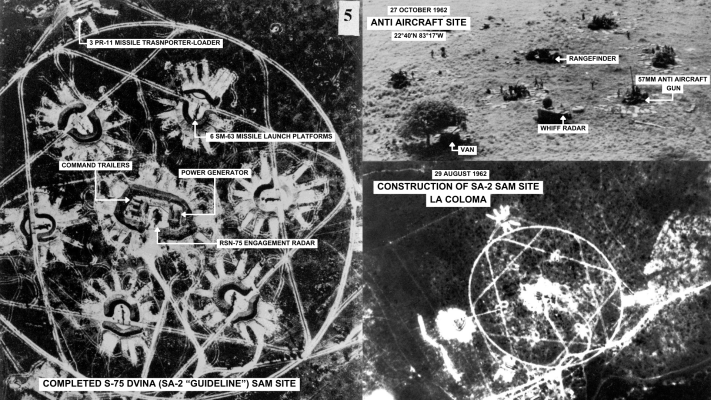
Figure 3. Compilation of Aerial Photographs of Soviet Air Defense Sites in Cuba.
(National Security Archive, CIA (annotated by writer))

Figure 4. Compilation of Aerial Photographs of IL-28 Existence in Cuba.
(National Security Archive, CIA (annotated by writer))
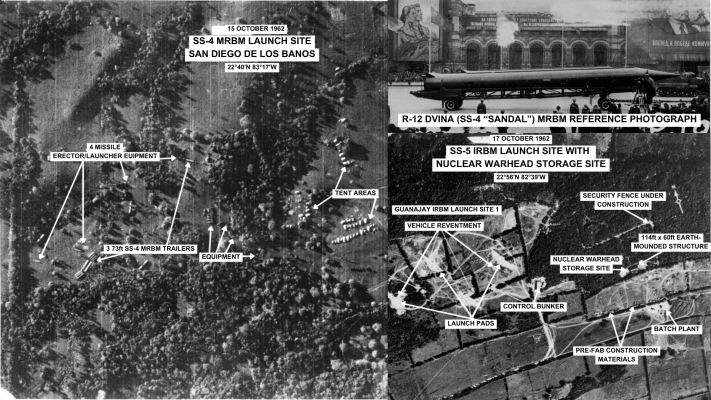
Figure 5. Compilation of Aerial Photographs of Soviet MRBM & IRBM Launch Sites in Cuba.
(National Security Archive, CIA (annotated by writer))
Armed with this evidence, although the Kennedy administration was advised to launch airstrikes on the missile sites and open military invasion of Cuba, the US eventually chose a more cautious approach by imposing a naval blockade on any Soviet Ship en route to Cuba since 22 October. This decision led to six days of intense standoff between the US and the Soviet Union, in which the latter condemned the blockade as an act of open aggression. On 25 October, an emergency meeting at the United Nations Security Council saw the US ambassador openly confront the Soviet ambassador about the missile’s existence by showing the U-2 aerial photograph.
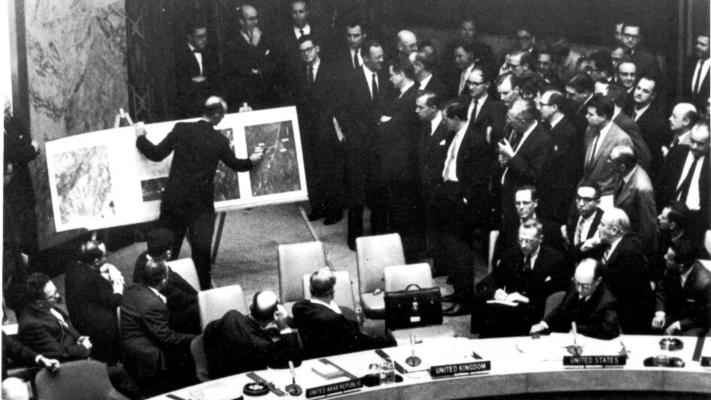
Figure 6. Deputy NPIC Director David Parker Points Out The Aerial Photographic Evidence at The UN Security Council Emergency Meeting.
(National Security Archive, CIA)
On 27 October, the U-2 aircraft was shot down over Cuba by SA-2 SAM. The death of the U-2 Pilot marked the first bloodshed in this crisis. Responding to this, for the first time in history, hundreds of US B-52 nuclear bombers went on continuous airborne alert, while hundreds more nuclear ballistic missiles were in ready state, some of which were within striking distance of the Soviet Union. Later that day, the US warships dropped a series of “signaling” depth charges on a B-59 Soviet submarine at the Cuba blockade line, unaware that it was armed by a nuclear torpedo. The captain of the Soviet Submarine once assumed that because live ammunition had been fired at his submarine, a war had already started, and he was justified to launch its nuclear torpedo. But eventually, the nuclear launch was successfully averted. These events are often considered as the closest world ever to the brink of nuclear war.
Eventually, the crisis ended with the secret negotiations between Khrushchev and Kennedy. Both nations agreed to the withdrawal of Soviet nuclear ballistic missiles from Cuba in exchange for the US also withdrawing its nuclear ballistic missiles from Turkey and Italy. The US also guaranteed never to invade Cuba without direct provocation. The dismantling of the missile sites in Cuba and the return of Soviet equipment were also actively monitored by the U-2 aerial photography throughout November 1962.
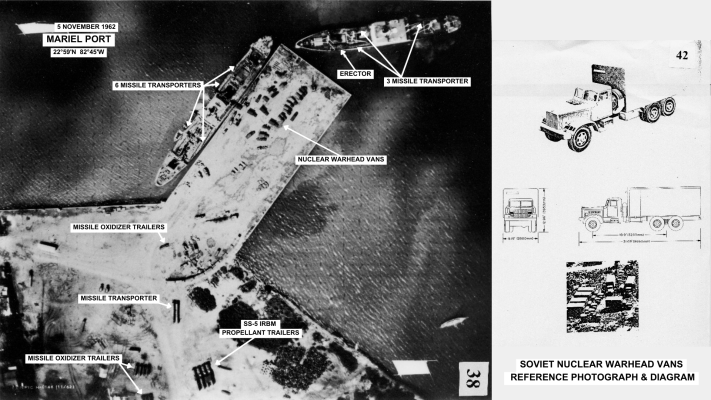
Figure 7. Aerial Photographs That Capture Loading of Soviet Missiles at Port in Cuba for Return to The Soviet Union.
(National Security Archive, CIA (annotated by writer))
Writer: Dimas D. R. S.
Reference:
Miller & Herbert, L. (1956). Suggestions re: The intelligence Value of Aquatone. Central Intelligence Agency.
National Security Archive (2002). The Cuban Missile Crisis 1962: The Photographs. The George Washington University.
Schell, J. A. (2021). The SA–2 and U–2. Air Power History, 68(2), 33-42.
